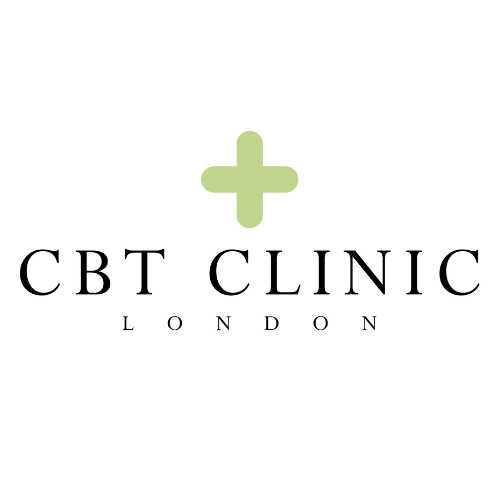Our aim in presenting this information is two fold. Firstly, for you to see the effectiveness of treatment delivered. In this respect the results speak for themselves. Secondly, that you are able to get a taster of what engaging in treatment at the clinic may be like and to gain a greater understanding of the processes and techniques of CBT Therapy.
If you find that you have questions that are not answered here, then please don’t hesitate to contact our friendly team on 0207 157 9924, who will be more than happy to assist you further.


 [/ultimate_modal]
[/ultimate_modal]






